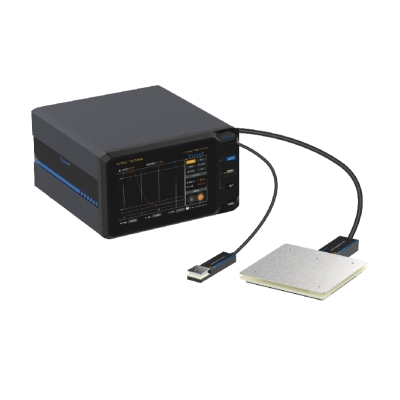Understanding Decay Time & Ion Balance in Static Elimination
1. Decay Time (Static Dissipation Time)
Definition:
The time required to reduce the charge on a ±1000V charged object to ±100V when exposed to an ionizer.

Key Points:
A critical metric for evaluating ionizer performance in ESD control.
Faster decay times indicate more efficient static elimination.
Industry benchmarks:
<1 second (High-performance ionizers for cleanrooms)
1–3 seconds (General electronics assembly)
2. Ion Balance (Offset Voltage)
Definition:
The residual voltage on a neutralized object after continuous exposure to balanced positive/negative ions. Closer to 0V indicates superior ion balance.
Key Points:
Ideal range: ±5V or better for precision electronics.
Poor ion balance can cause:
Recharging of sensitive components (ESD risks).
Particle attraction in cleanrooms.
Measured per IEC 61340-5-1 or ANSI/ESD STM3.1.
Performance Optimization
For decay time: Use high-frequency ionizers or pulsed DC systems.
For ion balance: Regular calibration with a charged plate monitor (CPM) is essential.
Industry Standards:
ANSI/ESD S20.20: Recommends decay time testing for compliance.
SEMI E78: Specifies <1 second decay for semiconductor tools.
Why This Matters
Faster decay + tighter balance = Reduced ESD defects in PCB/SMT manufacturing.
Critical for medical devices, aerospace electronics, and flat panel display production.
Next:there is none left




